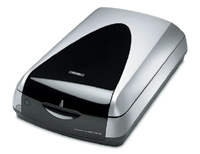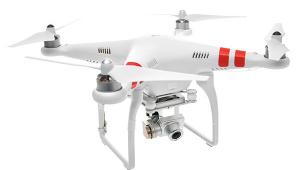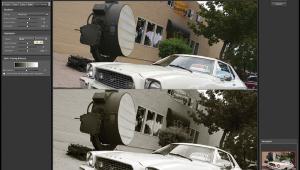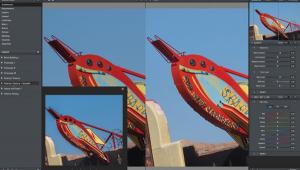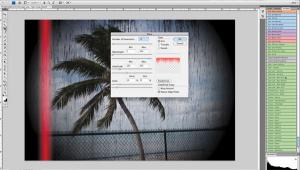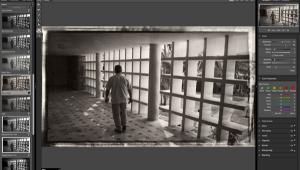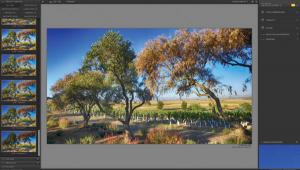Digital Innovations
Reach Out And Photograph Someone...
By Camera Or Cell Phone
"Is this the party to whom I am speaking?"--Lily Tomlin as Ernestine There was some concern in
various corners of our industry that not enough young people were becoming
interested in photography, but it turns out that 18-22 year olds are
happily snapping digital images; the only difference is that they're
using their cell phones. Everyone agrees it's a good idea to take
a camera along because you never know when a photo opportunity is going
to present itself and these days nobody goes anywhere, especially young
people, without their cell phones. |
|||
Plug-In Of The Month Mac OS X Plug-Ins |
|||
Film Scanner/Flat-Bed
Scanner: Take Your Choice |
- Log in or register to post comments


